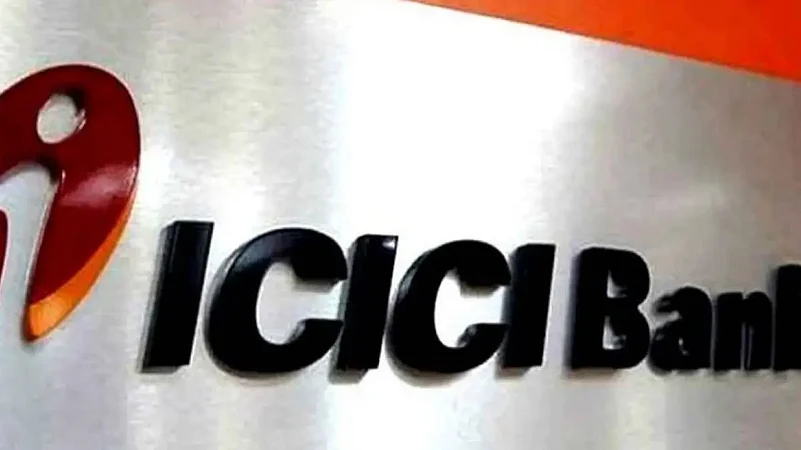Following the Reserve Bank of India (RBI’s) approval to banks to lend pre-approved credit through UPI, ICICI Bank has announced equated monthly instalment (EMI) facilities for UPI payments made through QR codes.
The EMI facility will be available instantly to customers who are making payment through ICICI Bank’s PayLater service. It is the bank’s ‘buy now, pay later’ service.
With the facility, ICICI Bank customers can instantly purchase products or services by scanning the required merchant QR code at a store and make the payments in EMIs. The transaction amount, however, needs to be above Rs 10,000 to convert it into EMIs. Users can choose between three-, six- or nine-month instalment plans.
Advertisement
According to ICICI Bank, the categories of merchandise that can be purchased through this facility, include electronics, groceries, fashion apparels, travel and hotel reservations.
The EMI facility for UPI payments is, however, not available for online shopping at present, but will be made available soon, ICICI Bank said.
ICICI Bank had launched PayLater in 2018 as a digital credit product. The service is only available to customers who have pre-approved offers.
PayLater dues will be automatically deducted from the customer’s ICICI Bank Savings Account on a monthly basis, according to information available on the ICICI Bank website.
To use the PayLater UPI service, the customer has to visit any physical store, and use the iMobile Pay app and select the ‘Scan any QR’ option while making the payment. The user will then have to select the PayLater EMI option if the transaction amount is Rs. 10,000 or more. The customer will then choose the desired tenure. That done, the transaction will be deemed complete once the payment has been confirmed.
Advertisement
Charges Involved in Using PayLater
Customers will be charged a one-time activation fee of Rs. 500 plus GST. A service charge of Rs. 75 and applicable taxes will be levied on every Rs. 3,000 monthly spent on the ICICI Bank PayLater account.
After the due date, the customer will be charged penal interest based on the total outstanding each day. Subsequently generated bills will be subject to fixed late payment charges until dues are cleared.
Bijith Bhaskar, head – digital channels and partnership, ICICI Bank, said in a statement: “We have seen that the maximum payments made these days are through UPI. In addition, we have observed that customers are increasingly opting for UPI transactions from PayLater, the Bank’s ‘buy now, pay later’ service. Combining these two trends, we are introducing the facility of instant EMI for UPI payments done through PayLater.”
Pre-Sanctioned Credit Through UPI
The RBI had recently allowed banks to operate pre-sanctioned credit lines through UPI. Customers will be able to borrow money in increments to make purchases through QR codes instead of credit cards.
As long as the credit line remains open, the borrower can repay the amount and borrow again. Previously, UPI transactions were only enabled for Deposits (CASA), Overdraft (OD), Prepaid Payment Instruments, and Rupay Credit Cards.
Says Mehul Mistry, Global Head - Strategy, Digital Financial Services & Partnerships, Wibmo, A PayU Company: “With this banks will be able to offer small ticket size sachet credit products on UPI and also offer innovative, real time access to credit products in the market.”
Advertisement
“For customers, this move will help them utilise their pre-sanctioned credit lines for purchase transactions on UPI rails/UPI QR, and access to credit may also become more affordable and convenient as banks will be riding on low cost existing Payments infrastructure like UPI to provide access to credit lines,” he said.











